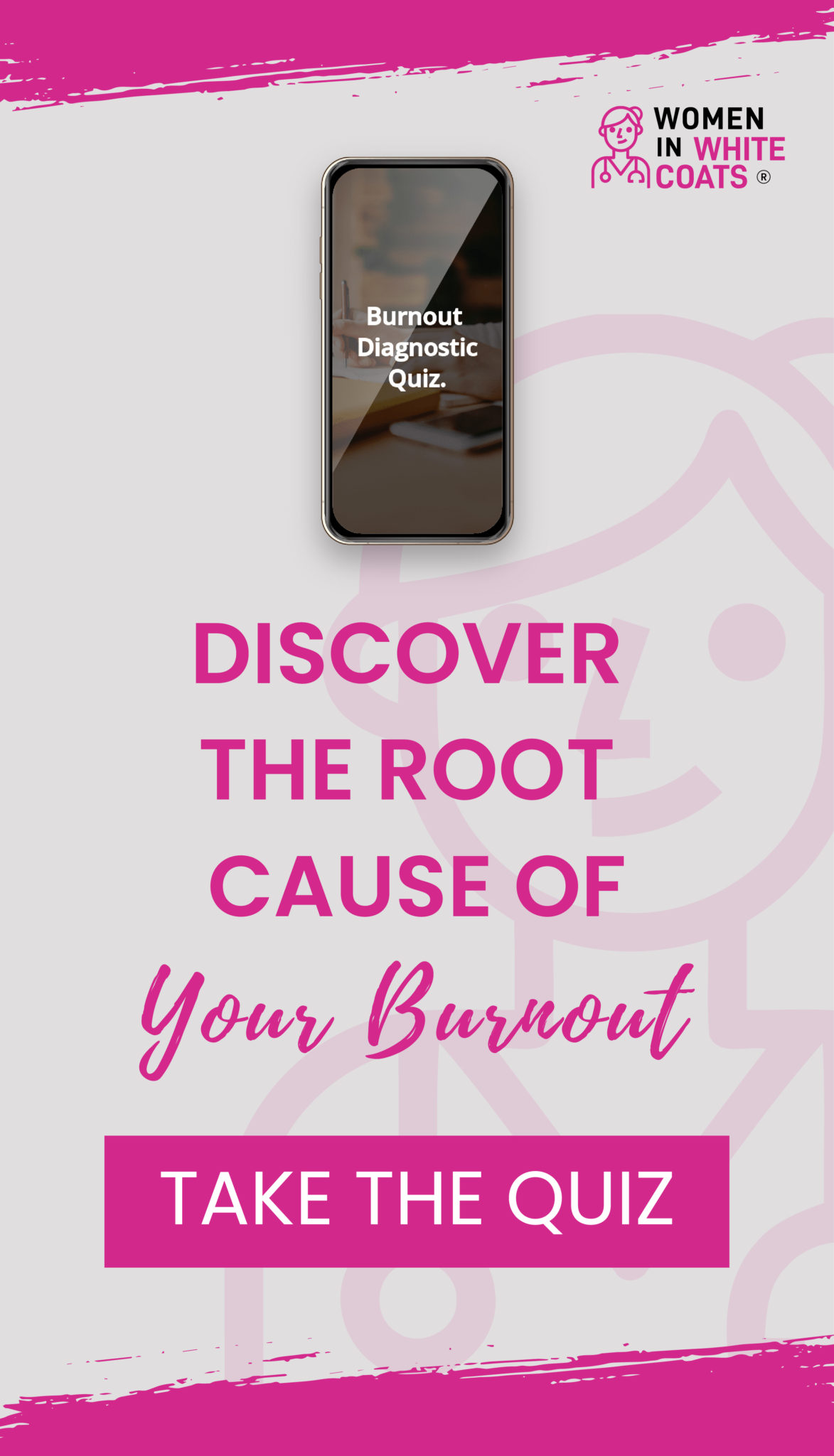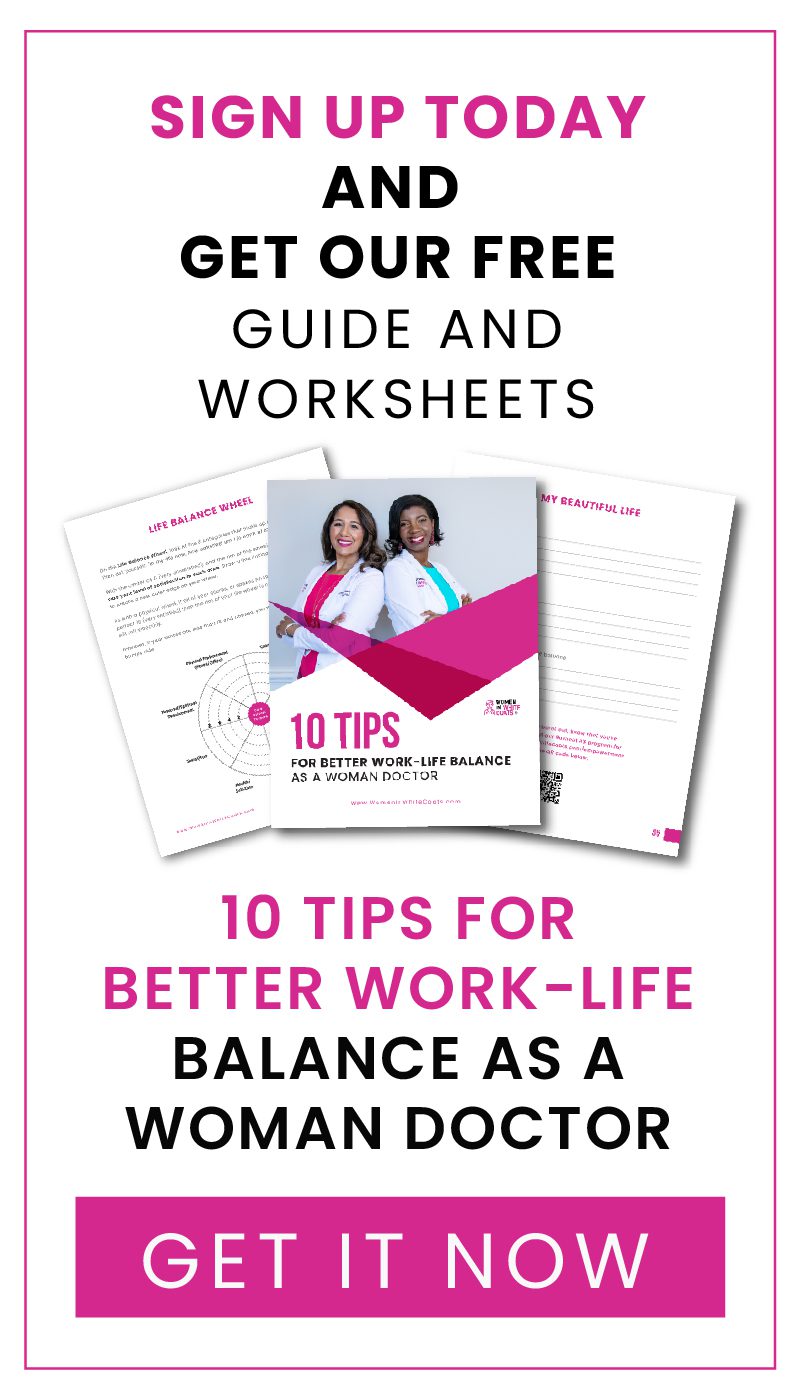“Are you the doctor?” was the most frequently asked question I received from patients in my new practice.
The 2nd most common question was “Are you old enough to be a doctor?”, followed by the rather blunt question “How old are you?”
I graduated from family practice residency in 2002 when I was 26 years old, younger than most newly minted family medicine doctors. This warrants some explanation. I didn’t skip several years of high school. However, being an October baby I graduated high school at age 17, went straight to the University of Calgary in Alberta, Canada to begin undergraduate studies for 4 years, then medical school the following year. The U of C medical school was a rare “accelerated” program, which meant a 3 year curriculum with minimal time off during the summer months. Then came my Family Practice residency in Saskatchewan, Canada. North of the border the FP programs are 2 years instead of 3 and while Canadian residencies don’t have a first year internship program, they are considered equal training to their US counterparts. So, after 9 years of training I was 26 years old when I moved to San Diego County to begin my career.
While I felt capable in my rigorous training, I was still nervous to be flying solo, with no attending doctor to review my decision-making process and chart notes. To make matters worse, I was a youthful 26, and was told that I looked closer to 16.
Taking a deep breath before opening the door to introduce myself to a new patient, I would smile, shake their hand, sit down and watch the emotions play out over their faces. Almost universally, a flicker of suspicion would come through, followed by one of the commonly asked questions outlined above, alternatively, the more genteel patient would quickly recover their composure.
Looking back, if I hadn’t been so self-conscious, it would have been a fun sociological exercise (I minored in Sociology) to try to anticipate which patients would directly ask how old I was or if I was truly trained as an MD versus the ones who just asked themselves. But I think it crossed everyone’s mind. Including the staff and other docs in my clinic.

Fortunately, I was able to establish rapport with patients quickly, answer their rather rude questions with compassion and a joke, and after a few minutes of the visit they would visibly relax as they realized I was intelligent, kind, and actually a doctor.
The 5 year rule
My practice grew quickly and I loved family medicine. We worked hard. We took hospital call 3-4 times per month, did admissions of our own patients during office hours, hospital rounding, skilled nursing rounding and a week in urgent care every few months. As my skills grew, so did my confidence.
I recall something one of my senior colleagues told me when I first started. She advised me that new primary care doctors take about 5 years to get comfortable with the practice of medicine and develop their confidence.
While to a new graduate, 5 years may seem like a long time to get your sea legs, my experience has shown me that it is a good rule of thumb. Do you recall how much time you spent crafting your diagnostic plan for a complex patient or for a new condition you had not seen before? Perhaps looking things up in textbooks (I’m dating myself here) or talking to a colleague a few times a day? The number of times per day you need to look outside your own bank of knowledge for answers goes down as you progress in your career. Of course, we all know that the science of medicine is ever evolving and we do our best to keep up. But the bread and butter of our daily practice becomes routine as we diagnose and treat the same conditions over the years, creating a well worn decision-making path through our neural network.
17 years later
I am fortunate to be practicing in the same group to this day. I have had thousands of families spend their lives with me, growing up, having babies, getting older, and passing away. I cherish the intimate view I have into my patient’s lives and seeing them through both joyous and difficult times.
When I meet a new patient to our clinic, or see another physician’s patient, I step into the room with the confidence that only years of experience can provide. Experienced eyes and mind can quickly and accurately diagnose many issues before the patient finishes their story (but I let them finish anyway).
What I see in their faces when I introduce myself has changed. Not only do I appear to be an appropriate age to be a doctor, but I can put them at ease quickly with an assured, self-confident manner without a trace of arrogance. Our patients come to us with a problem, are often scared or worried and want to know they are in good hands.
When the occasional patient, typically an elderly woman or man, comments that I look “so young to be a doctor”, I sincerely thank them for the compliment, smile and cherish it.
Vanessa Peters, MD has a busy family practice and is the Chief Physician Officer for her medical group in San Diego, California. She is also an active real estate investor and is passionate about helping busy professionals build passive streams of income to achieve financial freedom. She is the founder of VMD Investing, her website is VMDInvesting.com and she can be reached at vanessa@vmdinvesting.com.
To hang out more with the amazing women doctors you hear from on our site, check out the Women in White Coats Doctors’ Lounge, our virtual doctors’ lounge created JUST FOR WOMEN DOCTORS. Its an exclusive membership area meant to empower and support you throughout your career. Inside our Doctors Lounge you will gain access to webinars from experts on topics relevant to women doctors, discounts on our online CME courses and special invitations to member-only events. To become a member click here.





I thought your discussion about growing more comfortable with time was very meaningful.
After 11 years of enjoying my motherhood (with a husband so helpful), I initially continued as a PA. After realizing I’d be happier as an MD, I earned my MD at 40 years of age.
Thank God I DID become an MD because my beloved husband, who died from a rather sudden glastoblastoma multiforme (12 days) got my husband’s help for so many years.
Three teenagers (one disabled) were difficult in losing their dad. I’m grateful for my practice, which I miss.